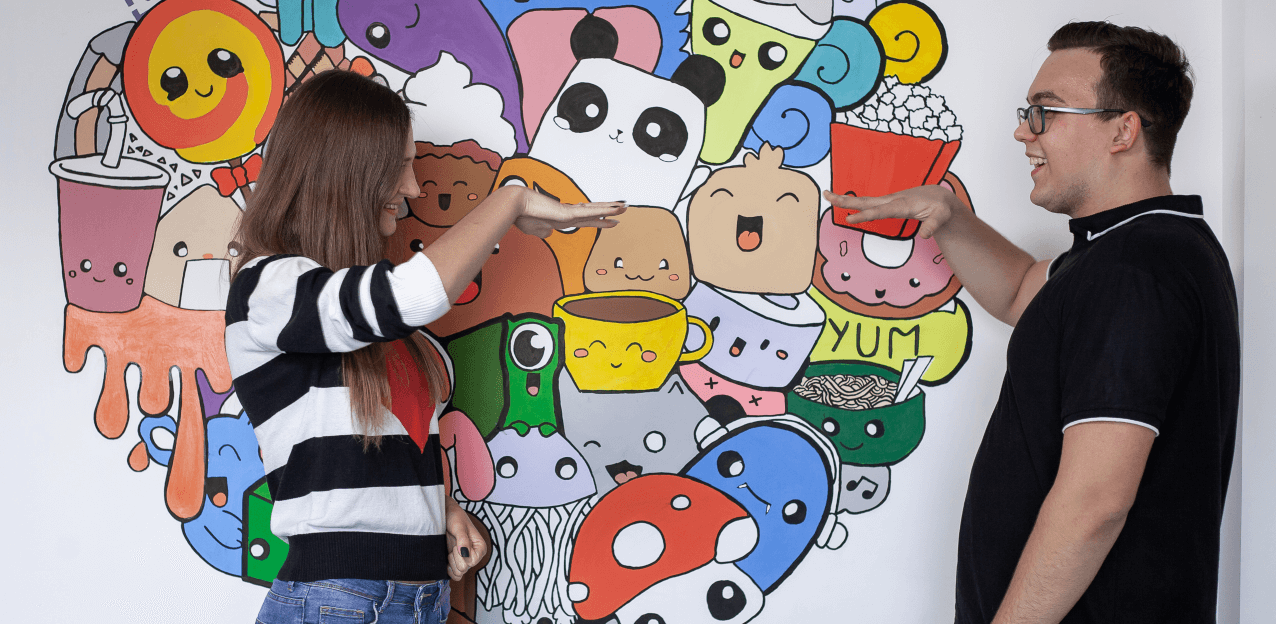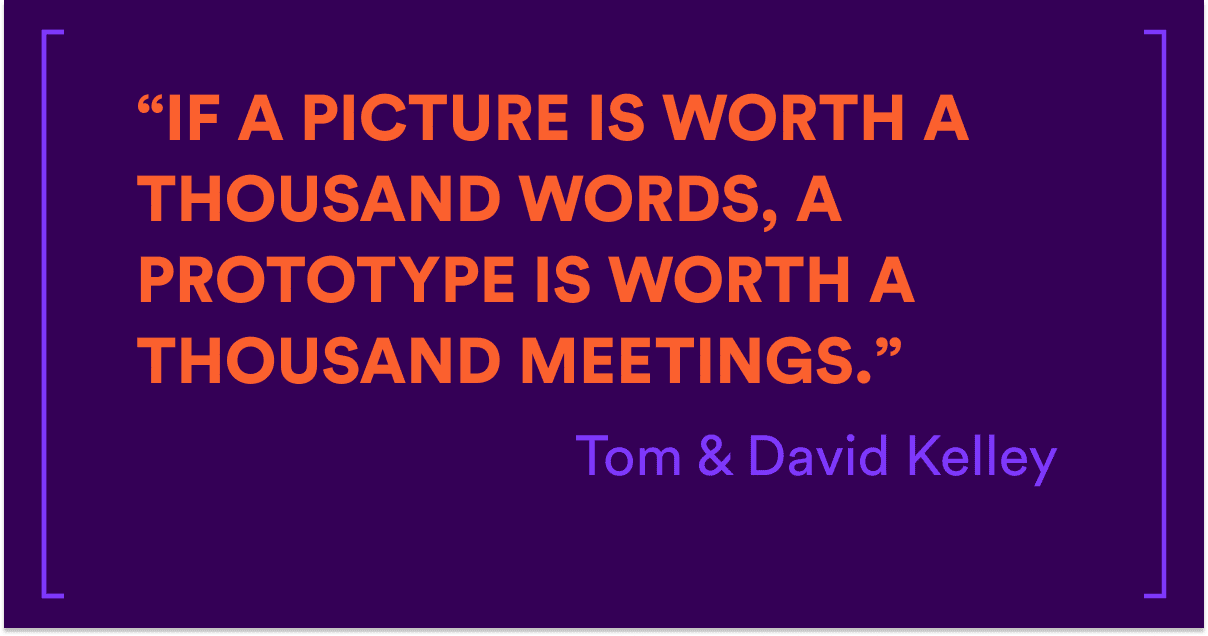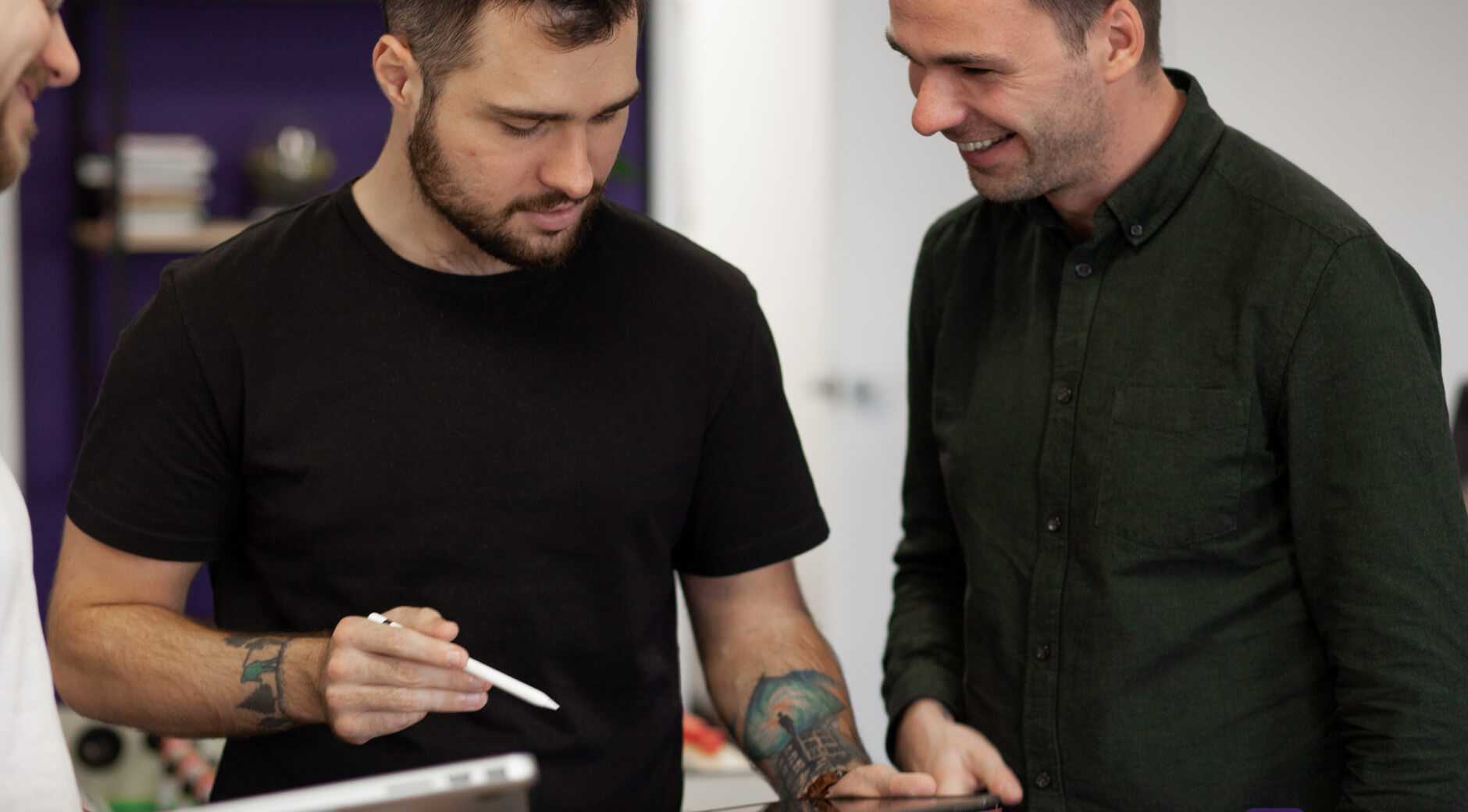От халепа... Ця сторінка ще не має українського перекладу, але ми вже над цим працюємо!

What is design thinking and why is it meant to be your guiding light?

Supernerd
/
Developer
5 min read
Picture this scenario. Your project deadline approaches and your resources are scarce. Your stakeholders begin to feel rushed to deliver their product, even if this means losing sight of what your customers really need. Your design team is left with no choice but to cut corners.
Can you guess the outcome of this scenario? Your product is doomed to fail.
Design thinking is the safest way to avoid product failure. Design thinking is a long-term strategy that focuses on the outcomes of product development. It’s not something you can embrace light-heartedly, nor is it a workaround to bypass all your challenges.
Article content
The Philosophy Behind Design Thinking
To master design thinking, you need to get hands-on with your project and put your users first. A design thinker will likely need to reconsider their existing strategies.
Design thinking is not a new concept; tech behemoths like IBM and Google have been using it for a long time. As an ideology, it has been around for decades – and for a good reason too. It has fostered a culture of a user-centered mindset that delivers solutions that work.
Design thinking focuses on delivering with the resources you have for the people you serve. There will always be deadlines and budgets, but these constraints should not derail your project. Design thinkers balance challenges and ideas to achieve solutions that meet the needs of the end-users.
Everybody can be a design thinker, so you don’t have to be a tech maven. It’s not a walk in the park, though. It involves taking meaningful actions while navigating through the whys and hows of product development.
Design Thinking: 5 Steps to Master the Process
 There’s more to design thinking than just “thinking” or learning. Essentially though, you can follow these five practical steps to ensure the success of your ideas.
There’s more to design thinking than just “thinking” or learning. Essentially though, you can follow these five practical steps to ensure the success of your ideas.
Step 1. Empathize
No, it’s not a fancy way to show that you care. By empathizing with your target audience, you can better understand the people you’re designing your product for. It involves considering their needs, wants, interests, and even fears.
Empathizing is a stepping stone to coming up with a successful long-term solution. It’s important to stay open-minded and to dig deep into your user’s struggles. Knowing this from the get-go will help you make headway.
Here’s how you can start building empathy:
- Define user personas to base your strategy on
- Talk to whoever you’re targeting in person
- Carry out field research to discover insights
- Observe, observe, observe
Step 2. Define
It’s time to put what you’ve observed to use and get started on your problem statement. Nothing can back up your problem statement better.
Whether you’re involved in a startup or an established business, a problem statement is behind everything you do. Essentially it is a summary of all of your users’ challenges. It breaks them down into coherent pain points and defines bottlenecks. Defining the problem is like formulating an accurate diagnosis before starting the treatment. It’s a deeper process than just scratching the surface.
Once at this stage, a design thinker will want to:
- Write a problem statement that resonates with their end-users’ needs
- Back it up with field research findings
- Be concise and clear
- Make sure it is understandable for every team member
Step 3. Ideate
Ideas are everything in UI/UX design thinking. You can’t create a first-class product unless it’s built on a great idea. Sure, it’s hard to generate one. But it will be the cornerstone for your next design steps and it will be worth the effort. What initially might seem like a mess of far-fetched ideas could potentially lead to the game-changing idea you’re looking for. So let your creative juices flow.
To create your brainchild, it pays to:
- Engage as many people on your design team as possible
- Put end users first and try to think the way they do
- Jot down every idea, even if it seems ridiculous
- Try different ideation techniques – from brainstorming to role-playing and reverse thinking
Step 4. Prototype

In design thinking, a prototype is a way to avoid costly mistakes. Nothing hurts more than providing your users with mediocre solutions.
At the prototyping stage, design thinkers hand-pick ideas and make them tangible. It’s the preliminary step to creating the end product. However, you will need to build a testable product first.
When prototyping, you should:
- Create several prototypes (they don’t need to be picture-perfect)
- Collect feedback on each prototype from your design team
- Analyze what works and what doesn’t
- Troubleshoot and refine problems until your prototypes are ready for the final stage
Step 5. Test
Now your complete and tested prototypes are ready to be presented to your users. This is where the real testing begins. And it takes the guesswork out of your design thinking process.
By testing your prototypes, you can establish if they achieve your original goals. If they do, you’re all set to finalize your product. But if they don’t, you will have to go back to the previous steps to find out what went wrong.
Keep in mind that:
- Customer feedback is a powerful guide
- Negative feedback is always more valuable than no feedback
- It’s never too late to make evidence-based changes
- If it solves users’ problems, it is worth rolling out
So Why Is Design Thinking Important?
Design thinking is the key to developing value-driven products. All five steps of the design process encourage you to look beyond obvious solutions to seek the RIGHT ones. This ensures your product is not created without a purpose.
Design thinking helps you avoid wasting time on developing apps or web services that nobody wants to use. The needs of your customers take center stage and are your driving force. A design thinker focuses on diagnosing the problems and developing solutions to address them. And once you’re done, end-users will thank you.
This philosophy pushes you to seek innovative ways to overcome existing obstacles. In a perfect world, you would have unlimited resources and technical capacities. But, in reality, you have to manage performance constraints, pre-set criteria, and financial limitations. Design thinking allows you to strike a balance between the obstacles and achieving your business goals.
If you’re just getting started with your business, you may have trouble harnessing design thinking on your own. NERDZ LAB can lend a helping hand. Together, we will deliver a product your target audience will love!



